City Clusters is a collection of urban furniture conceptualised by London-based Butler Wiltshire, as a composition of seating and planters, providing rest as well as shelter in an urban cityscape. Scattered across the Eastern City district in London, each module derives its geometry from the shape of the ubiquitous Coat of Arms, peculiar to the historic City Livery Companies. The resultant five-sided crest is an asymmetrical interpretation of this quintessential shield motif, tailored to accommodate varying instances of a unifying tessellated cluster.
The shield-shaped tile, which serves as the base geometry, is extruded and staggered to accommodate both seating as well as planters. Each cluster is a unique composition of modules with varying heights, assembled as a combination of low-height seating and tall planters. The staggered heights, regulated to a total of six, simultaneously standardise and customise the furniture lending it an organic and dynamic quality. The resulting compositions—an expression of an abstract tessellated geometry—range from snug orthogonal clusters to linear public clusters, to smaller intimate clusters, adapting to the site context they inhabit, forming pockets of green pause points in the otherwise high-rise fabric of the city.
The clusters therefore serve as shared public places, which facilitate group conversations, secluded introspection and serendipitous interactions. The formal organisation of the seating and the planters, both the orientation and height, enable a comfortable experience for its ergonomically heterogeneous users. Furthermore, the interspersing planters, housed with sculptural and seasonal planting, provide pockets of shade for leisure, work and informal interactions.
Deviating from the concrete, glass and steel built fabric of the district, the clusters are designed with natural materials- clay and timber. The base is hand-crafted by Darwen Terracotta- to suit the form of each module. The ceramic base alludes to the earth from which the city arises, while its colour is reminiscent of the terracotta hue of the Roman bricks and pottery excavated from neighbouring Bishopsgate, Fenchurch St., and Lime St. areas. A timber surface tops the seating, designed by Fallen & Felled- the wood for which is sourced from fallen urban trees within the Greater London area- a criteria which ensures a variety of endemic timber finishes across the city, including oak, helm, yew, hornbeam, and sycamore.
City Clusters thus embodies a synthesis of functionality, aesthetics, and sustainability. By seamlessly integrating seating and greenery, they manifest spaces for social interaction, relaxation, and contemplation. Their modular design, inspired by historic emblems, harmonizes with the surrounding architectural tapestry while offering versatility to suit diverse site contexts. Moreover, their provision of shade and seasonal planting fosters a healthier experience for users. City Clusters thus exemplifies the role of street furniture in enhancing the quality of urban life by promoting community engagement.






 Sign in with email
Sign in with email


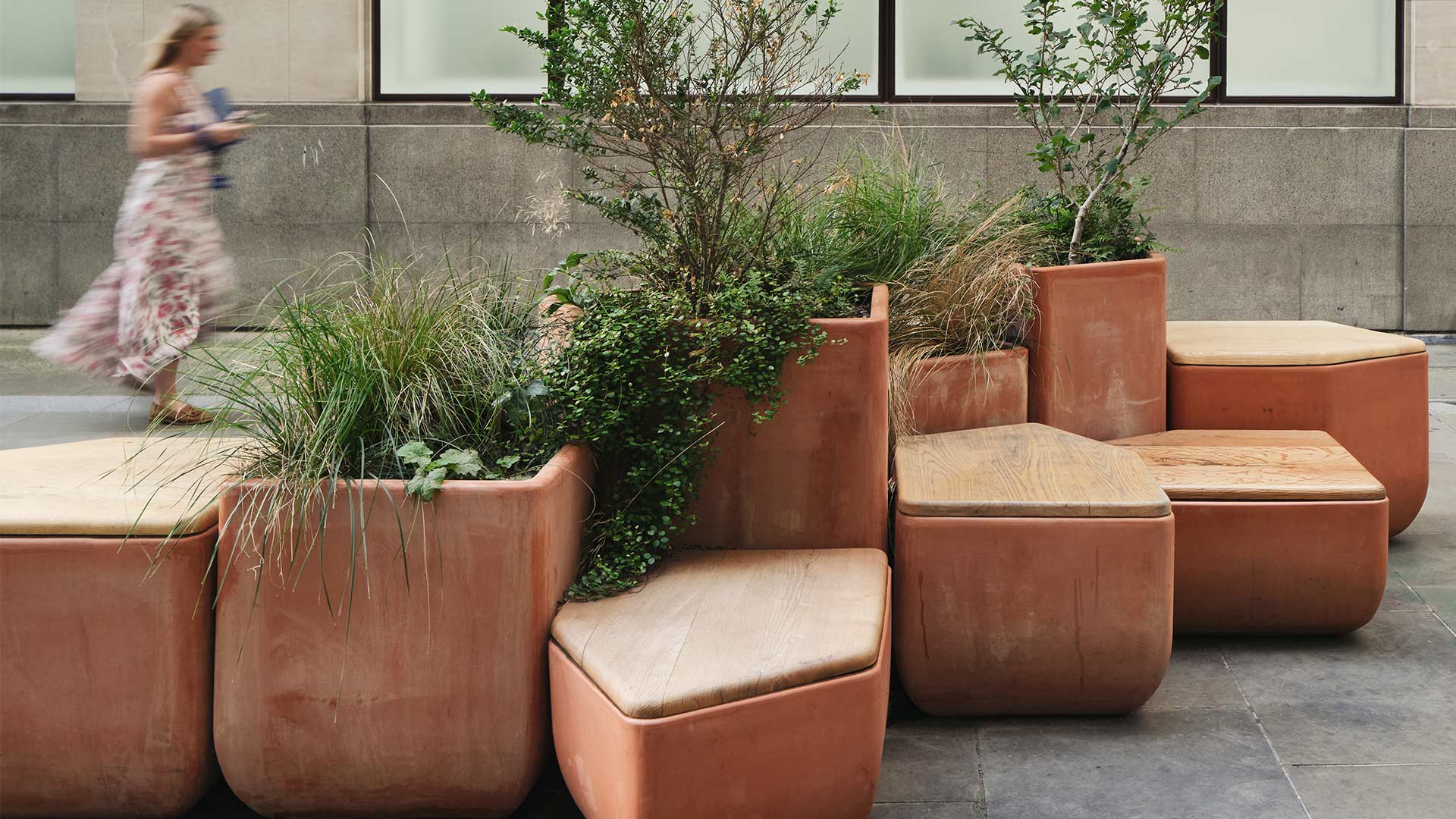
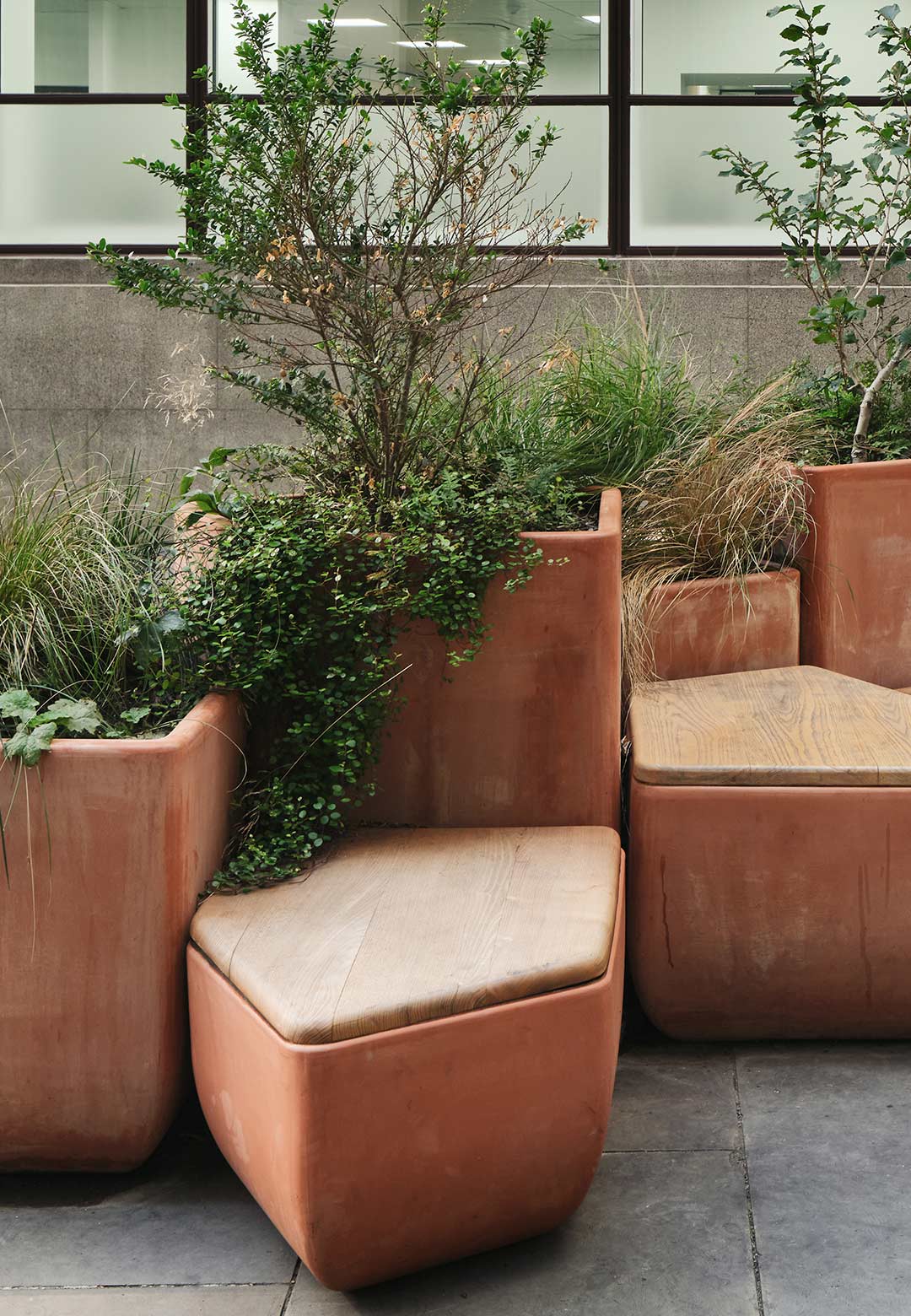
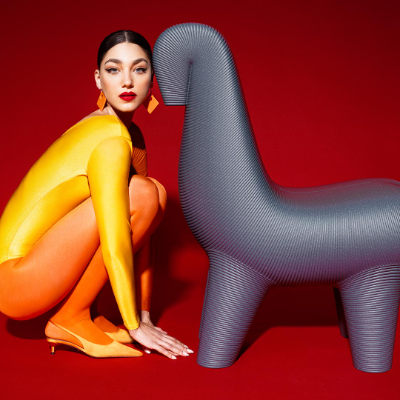
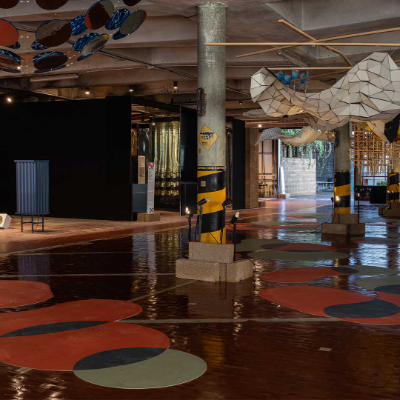
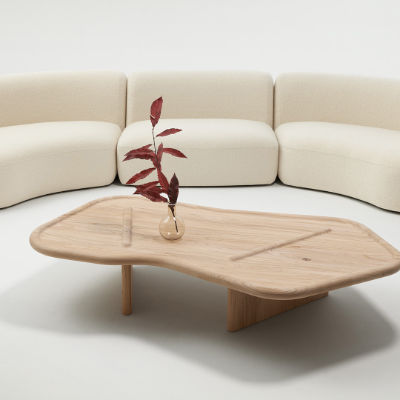
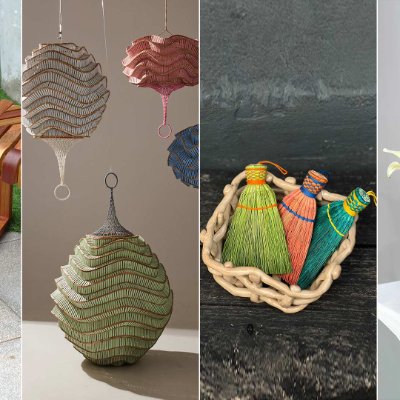
What do you think?